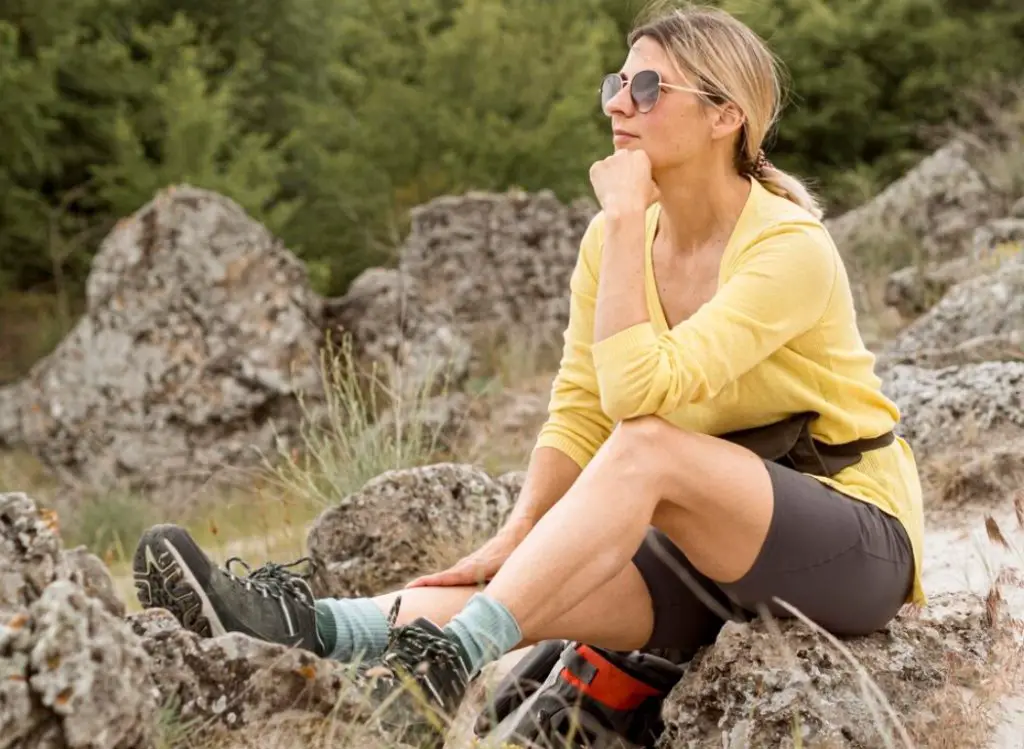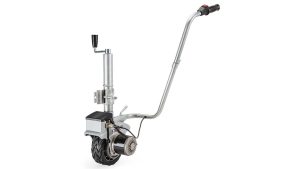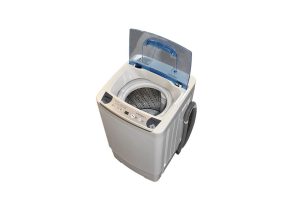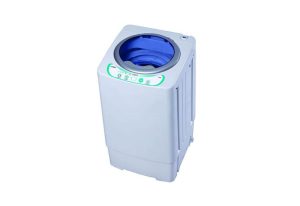Choosing the perfect pair of women’s hiking boots is crucial for any outdoor adventure. The right boots provide comfort, support, and protection, allowing you to tackle various terrains with confidence. However, with numerous options available, selecting the ideal pair can be overwhelming. In this comprehensive guide, we will walk you through the essential factors to consider when choosing women’s hiking boots, ensuring you make an informed decision that suits your needs and preferences.
Terrain and Hiking Style
Consider the type of terrain and hiking style you typically engage in. Are you an avid mountain hiker, a trail enthusiast, or an occasional walker? Different terrains require specific features in hiking boots. For rugged mountain hikes, look for boots with excellent ankle support, durable materials, and aggressive traction. For lighter trails, lightweight boots with good grip and flexibility might be more suitable. Understanding your hiking preferences will help narrow down your options.
Boot Height and Support
Women’s hiking boots come in various heights, including low-cut, mid-cut, and high-cut. The height you choose depends on the level of ankle support you require. Low-cut boots provide more flexibility and are ideal for easier trails or warm weather hikes. Mid-cut boots offer additional ankle support and are suitable for moderate terrain. High-cut boots provide maximum ankle stability and are recommended for challenging terrains or heavy backpacking.
Fit and Sizing
Achieving the right fit is paramount when selecting hiking boots. Ill-fitting boots can cause discomfort, blisters, or even injuries. Visit a reputable outdoor store to get your feet measured and try on different brands and models. Ensure there is enough room in the toe box for wiggle space and that your heel is snugly secured without slippage. Remember to wear appropriate hiking socks during the fitting process to replicate real hiking conditions.
Material and Construction
Hiking boots are typically made from leather, synthetic materials, or a combination of both. Leather boots are known for their durability, water resistance, and moldability to the foot over time. Synthetic boots, on the other hand, are lighter, dry faster, and often more affordable. Consider the advantages and disadvantages of each material and choose one that aligns with your hiking needs and personal preferences.
Waterproofing and Breathability
If you often hike in wet or rainy conditions, waterproofing is essential. Look for hiking boots with waterproof membranes, such as Gore-Tex, that keep your feet dry while allowing moisture to escape. However, keep in mind that waterproof boots may sacrifice some breathability. If you frequently hike in dry and hot conditions, prioritize breathability over waterproofing to ensure optimal comfort and temperature regulation.
Traction and Outsole
A good hiking boot should provide excellent traction to prevent slips and falls on various surfaces. Look for boots with a lugged rubber outsole, designed to grip different terrains effectively. The depth and pattern of the lugs are crucial for traction, especially on muddy or rocky trails. Consider boots with a multidirectional lug pattern for enhanced stability and grip in different directions.
Cushioning and Comfort
Hiking involves spending long hours on your feet, so ensuring optimal comfort is essential. Look for boots with ample cushioning in the midsole to absorb shock and reduce fatigue. Some boots feature additional padding around the ankle collar and tongue for extra comfort and support. Consider trying on different brands and models to find the level of cushioning that suits your feet.
Weight and Flexibility
The weight and flexibility of hiking boots can significantly impact your overall hiking experience. Lightweight boots are more comfortable and allow for better agility, making them suitable for shorter hikes and day trips. Heavier boots offer more durability and support but can be tiring on longer treks. Strike a balance between weight and support based on the intensity and duration of your hikes.
Brand Reputation and Reviews
Researching and considering the reputation of different brands is important when investing in hiking boots. Reputable brands often have a history of producing quality outdoor footwear. Read customer reviews and ratings to gain insights into the boots’ performance, durability, and overall customer satisfaction. Look for boots with positive reviews and high ratings to increase the chances of finding a reliable and long-lasting pair.
Conclusion
Choosing the perfect pair of women’s hiking boots requires careful consideration of various factors, including terrain, support, fit, material, waterproofing, traction, comfort, weight, and brand reputation. By assessing your hiking needs and preferences, understanding the key features, and researching different options, you can make an informed decision. Remember, investing in high-quality hiking boots tailored to your specific requirements will enhance your comfort, safety, and enjoyment while exploring the great outdoors.








